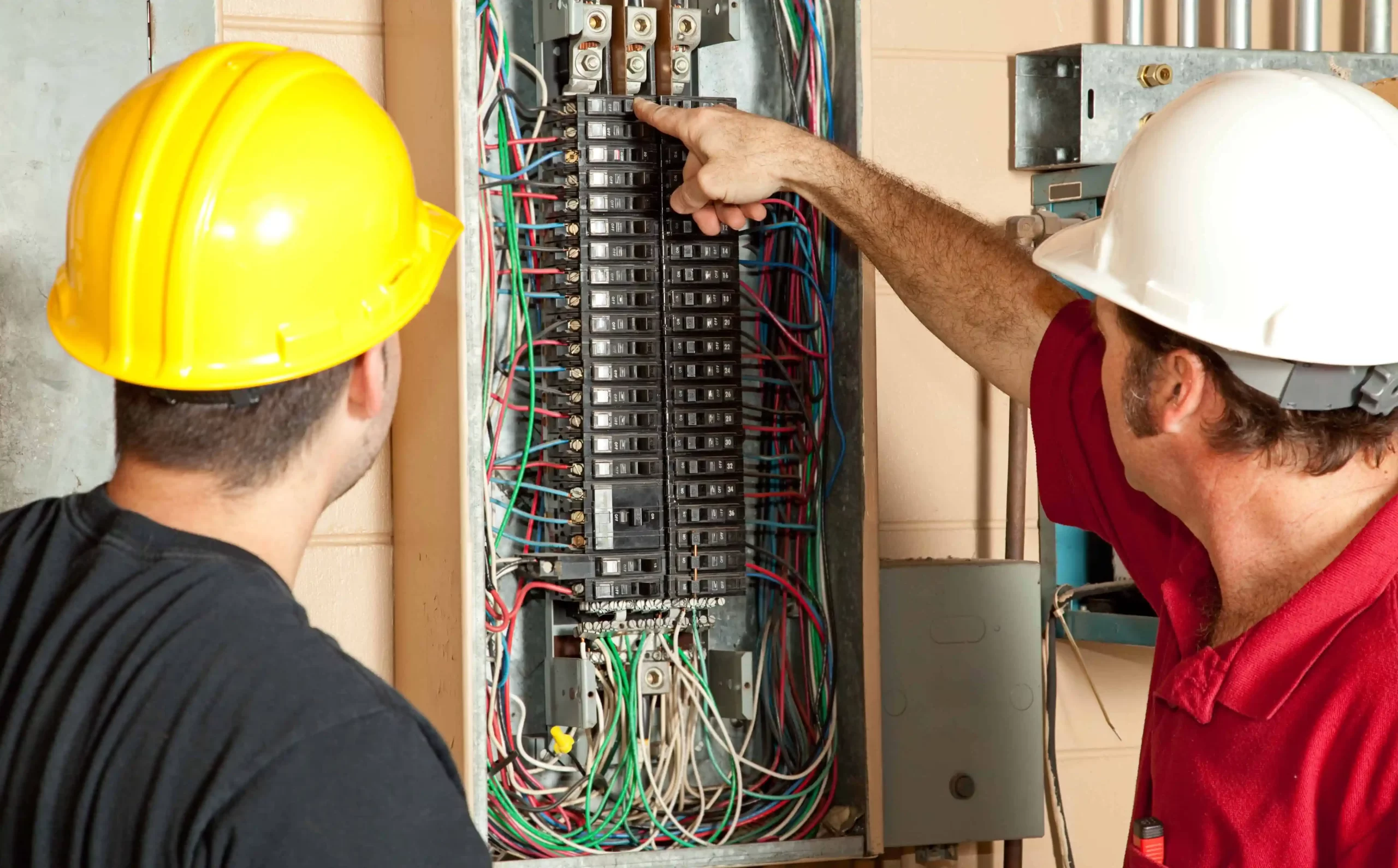
Electrical panels serve as the backbone of a building’s electrical system, distributing power safely and efficiently. Service upgrades are essential to accommodate increasing electrical demands and ensure optimal performance. Understanding the components, signs indicating the need for an upgrade, and the upgrade process is crucial for homeowners. Here’s an in-depth exploration of electrical panels and service upgrades to get https://wiredsc.com/swimming-pools-and-hot-tub/.
- Introduction to Electrical Panels
Electrical panels, also known as breaker boxes or distribution boards, play a vital role in managing electricity flow throughout a building. Service upgrades involve enhancing the capacity and efficiency of these panels to meet growing electrical needs.
Importance of Electrical Panels
Electrical panels regulate the distribution of electricity, protecting circuits from overload and ensuring safe operation. They also serve as a centralized control point for troubleshooting electrical issues.
Significance of Service Upgrades
Service upgrades involve increasing the electrical capacity of a property to accommodate additional appliances, electronics, or energy-efficient systems. Upgrading the panel ensures that the electrical system can handle modern demands safely and efficiently.
Overview of Electrical Panel Components
Electrical panels consist of various components, including circuit breakers, bus bars, and neutral bars. Each component plays a specific role in the distribution and management of electrical power within the building.
II. Understanding Electrical Panels
To grasp the significance of service upgrades, it’s essential to understand the different types of electrical panels and their components.
Types of Electrical Panels
Main breaker panels feature a main circuit breaker that disconnects power to the entire panel. Main lug panels lack a main breaker and are typically used as subpanels connected to a main breaker panel. Subpanels are secondary panels connected to the main panel, providing additional circuit capacity.
Components of Electrical Panels
Circuit breakers act as switches, interrupting the flow of electricity in the event of overload or short circuit. Bus bars distribute electricity from the main breaker to individual circuit breakers, while neutral bars provide a connection point for neutral wires.
III. Signs You Need a Service Upgrade
Several indicators suggest that a service upgrade may be necessary to enhance the safety and efficiency of the electrical system.
Tripping Circuit Breakers
Frequent tripping of circuit breakers indicates overloaded circuits, potentially caused by the addition of new appliances or electronics.
Insufficient Electrical Capacity
An increase in power demand due to the addition of energy-intensive appliances or electronics may exceed the capacity of the existing electrical system.
Safety Concerns
Outdated wiring and electrical components pose safety hazards, increasing the risk of electrical fires or shocks.
IV. Process of Service Upgrades
Service upgrades involve a systematic process to assess, plan, and implement enhancements to the electrical system.
Assessment and Planning
A thorough assessment of the electrical load helps determine the necessary upgrades. This involves calculating the power requirements of existing and planned electrical devices.
Installation of Upgraded Equipment
Once the assessment is complete, the installation process begins, which includes upgrading the panel size, replacing outdated wiring, and installing additional circuit breakers as needed.
Testing and Inspection
After installation, thorough testing and inspection ensure that the upgraded electrical system meets safety standards and regulatory requirements.
V. Benefits of Service Upgrades
Service upgrades offer numerous benefits, ranging from improved safety to enhanced energy efficiency.
Enhanced Safety
Upgrading the electrical panel reduces the risk of electrical hazards, ensuring the safety of occupants and property.
Increased Electrical Capacity
A higher electrical capacity allows for the addition of new appliances and electronics without overloading the system.
Improved Energy Efficiency
Integration of energy-saving technologies and modern electrical components promotes energy efficiency, leading to lower utility bills and environmental sustainability.
In conclusion, electrical panels and service upgrades are crucial aspects of maintaining a safe and efficient electrical system in residential and commercial properties. Understanding the components, signs indicating the need for an upgrade, and the upgrade process empowers homeowners to make informed decisions regarding their electrical infrastructure.


